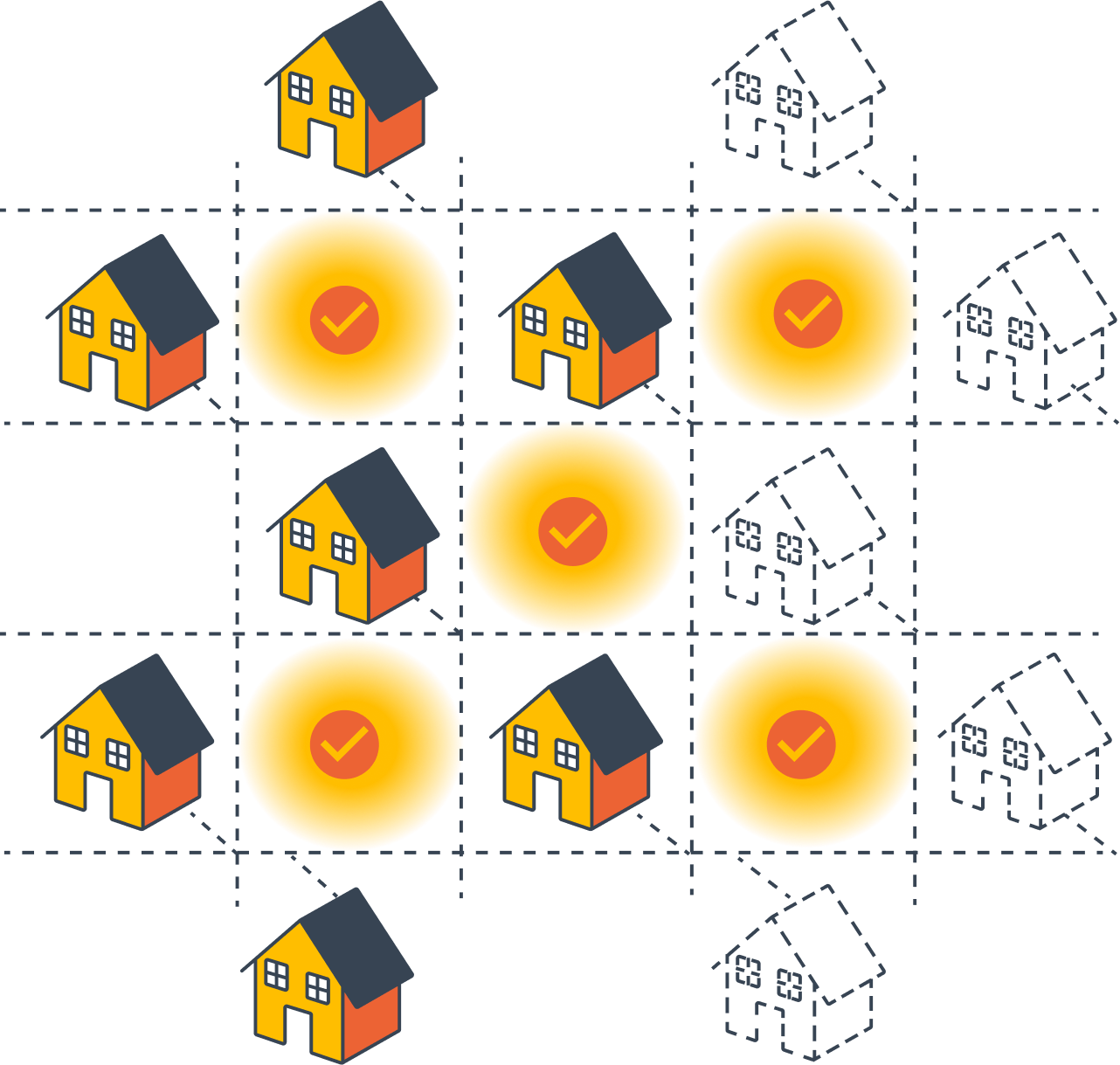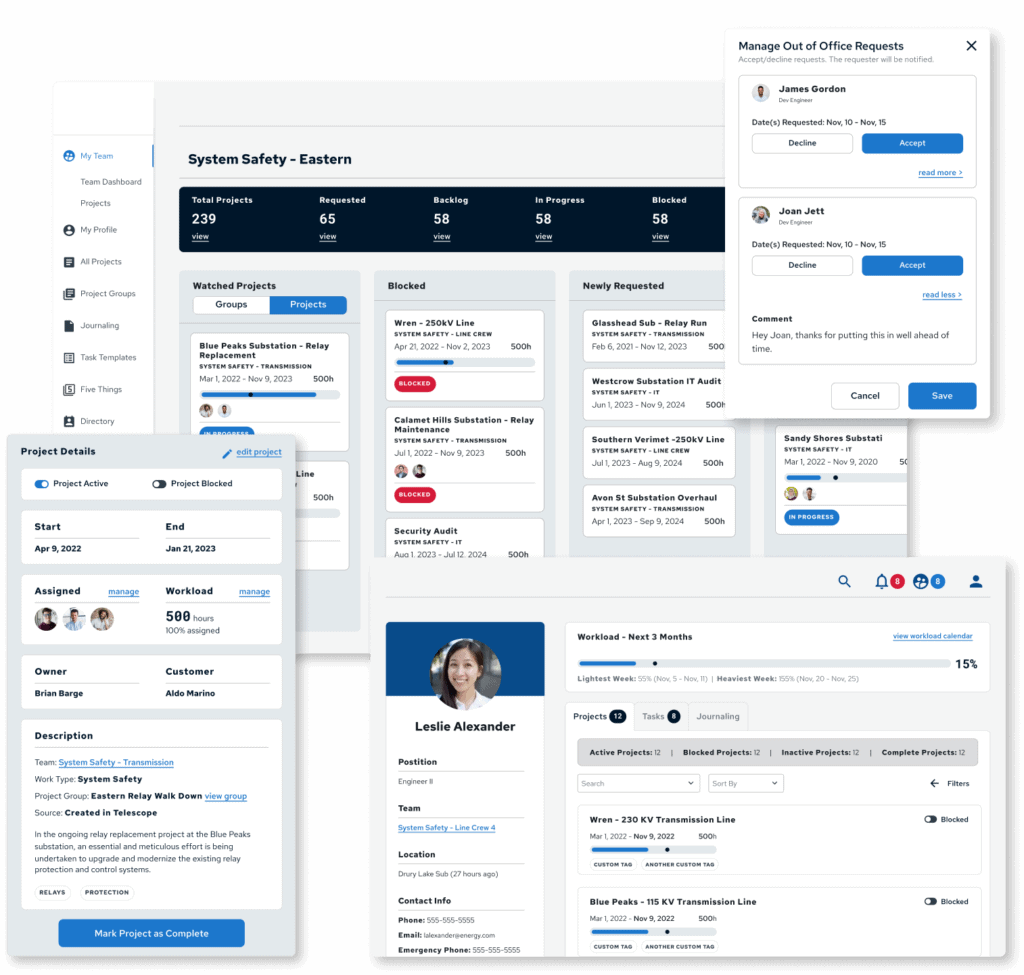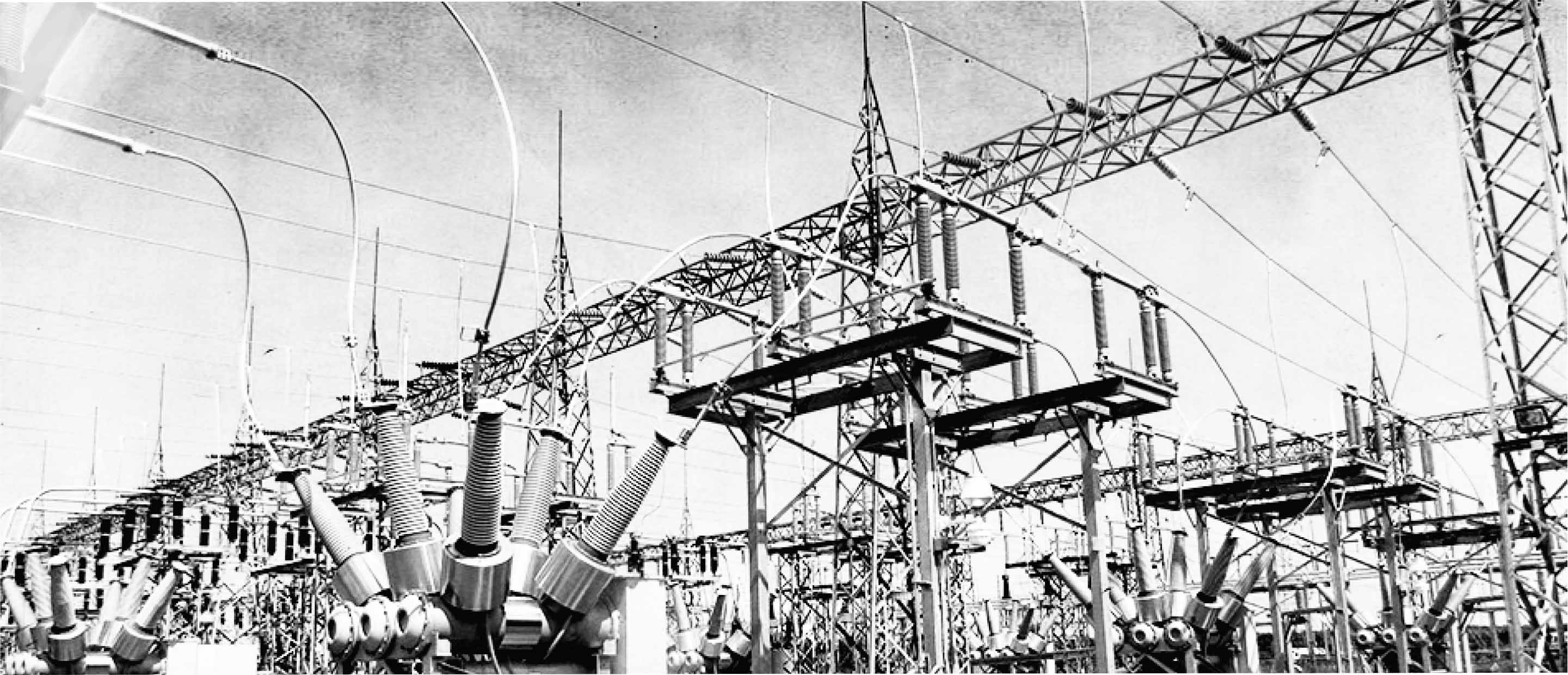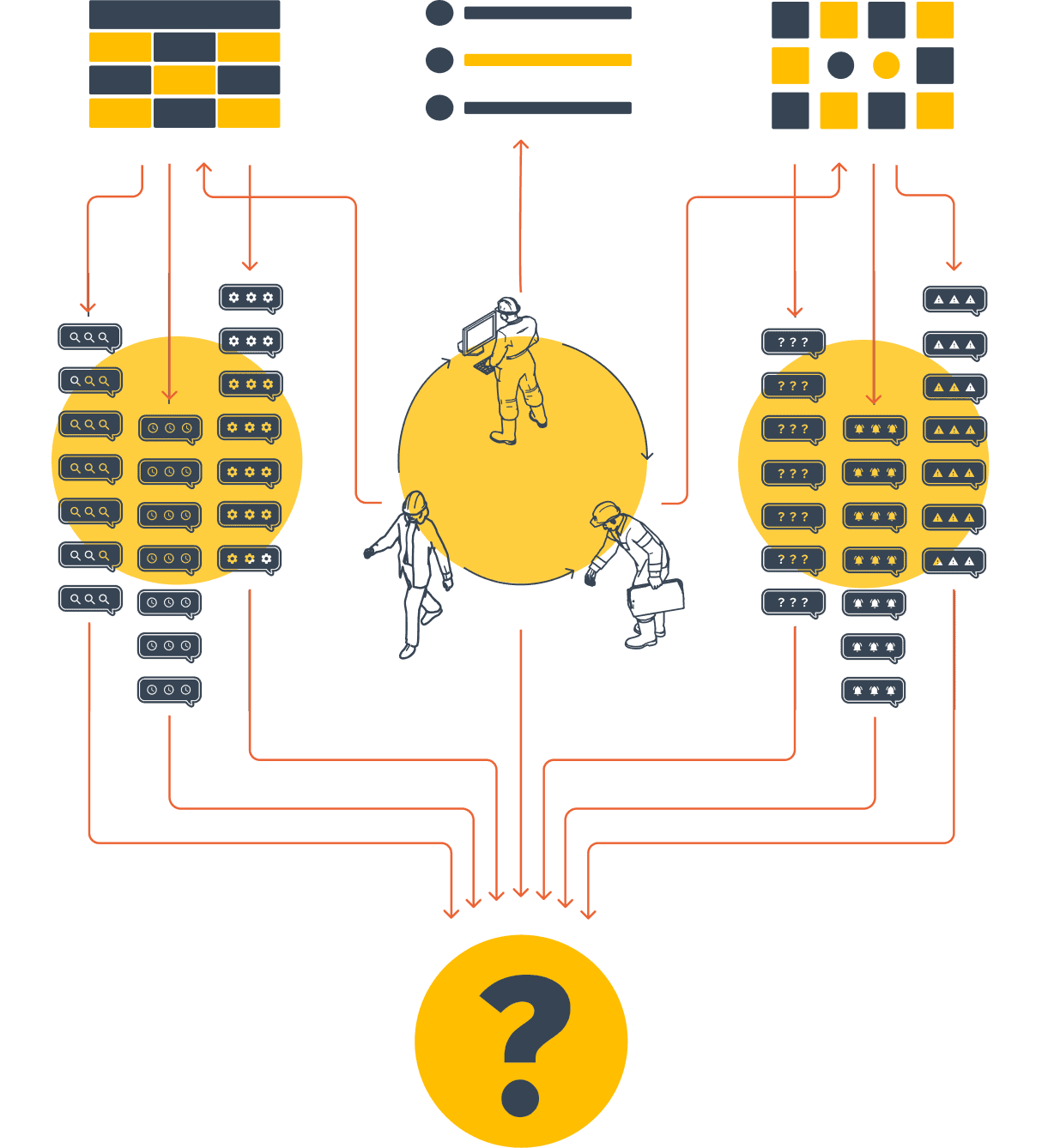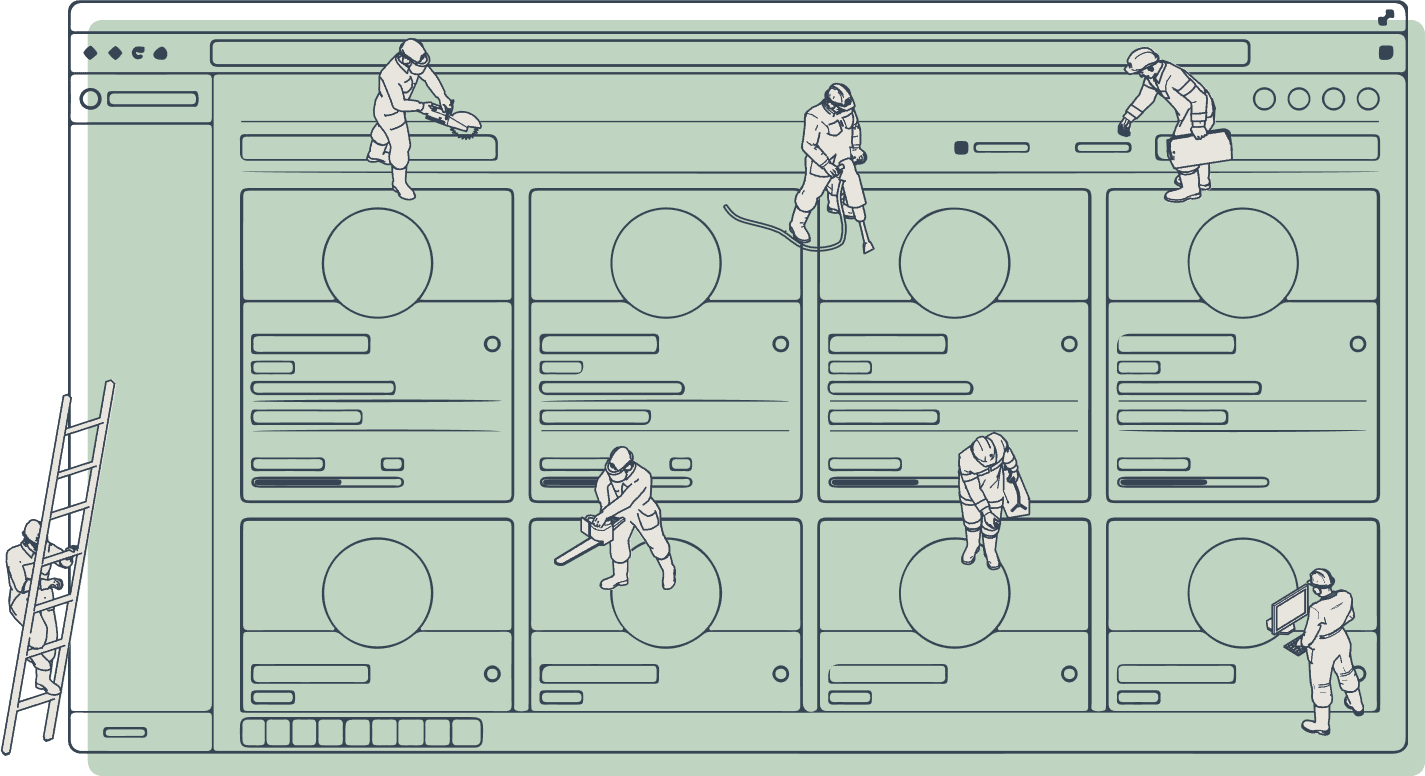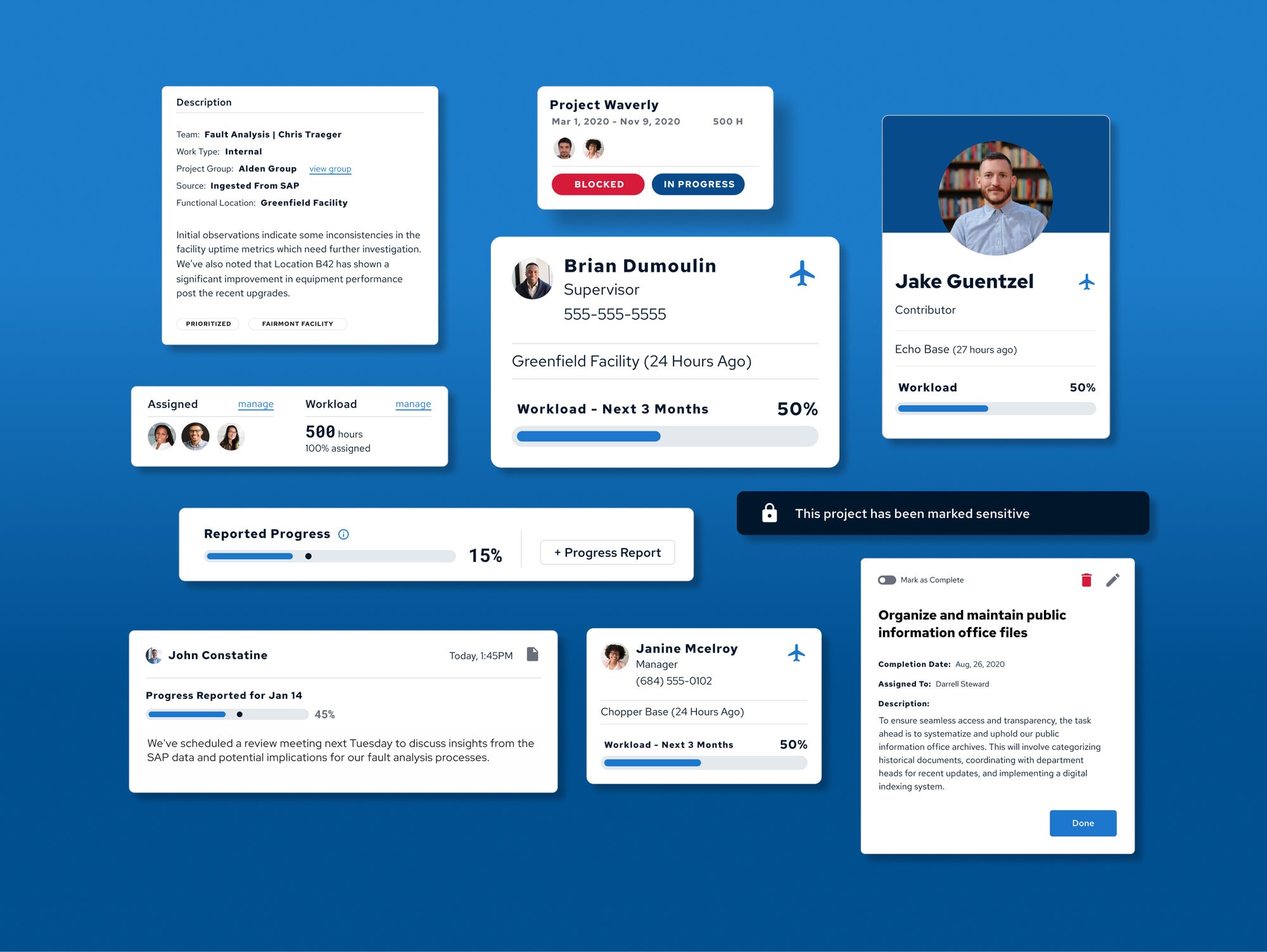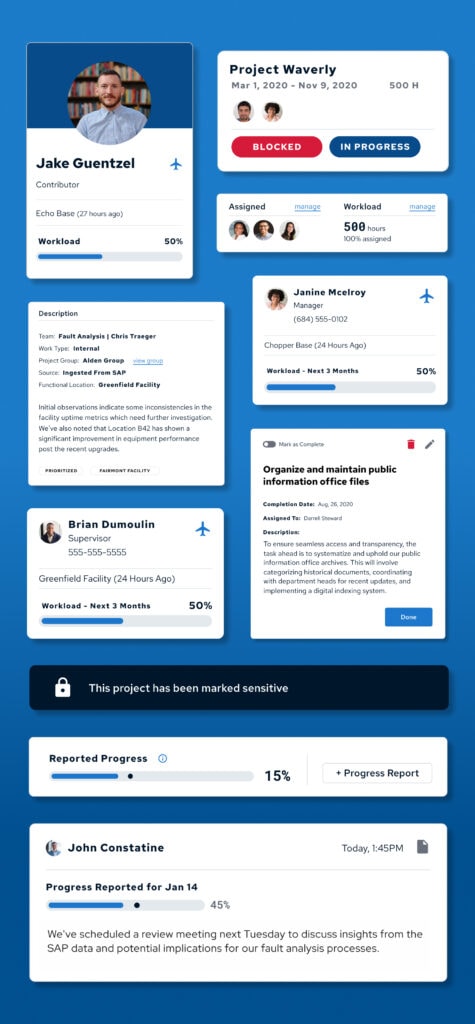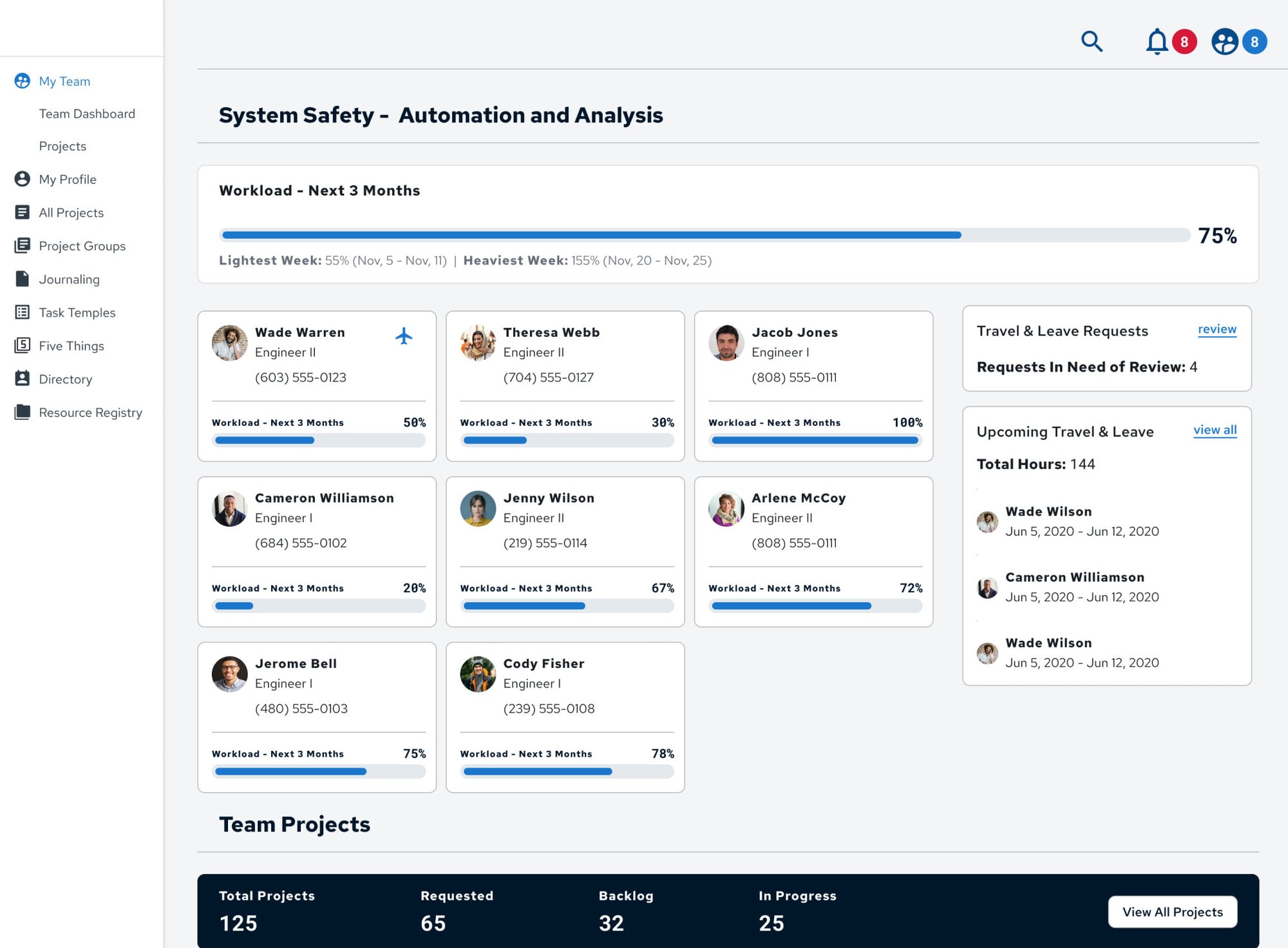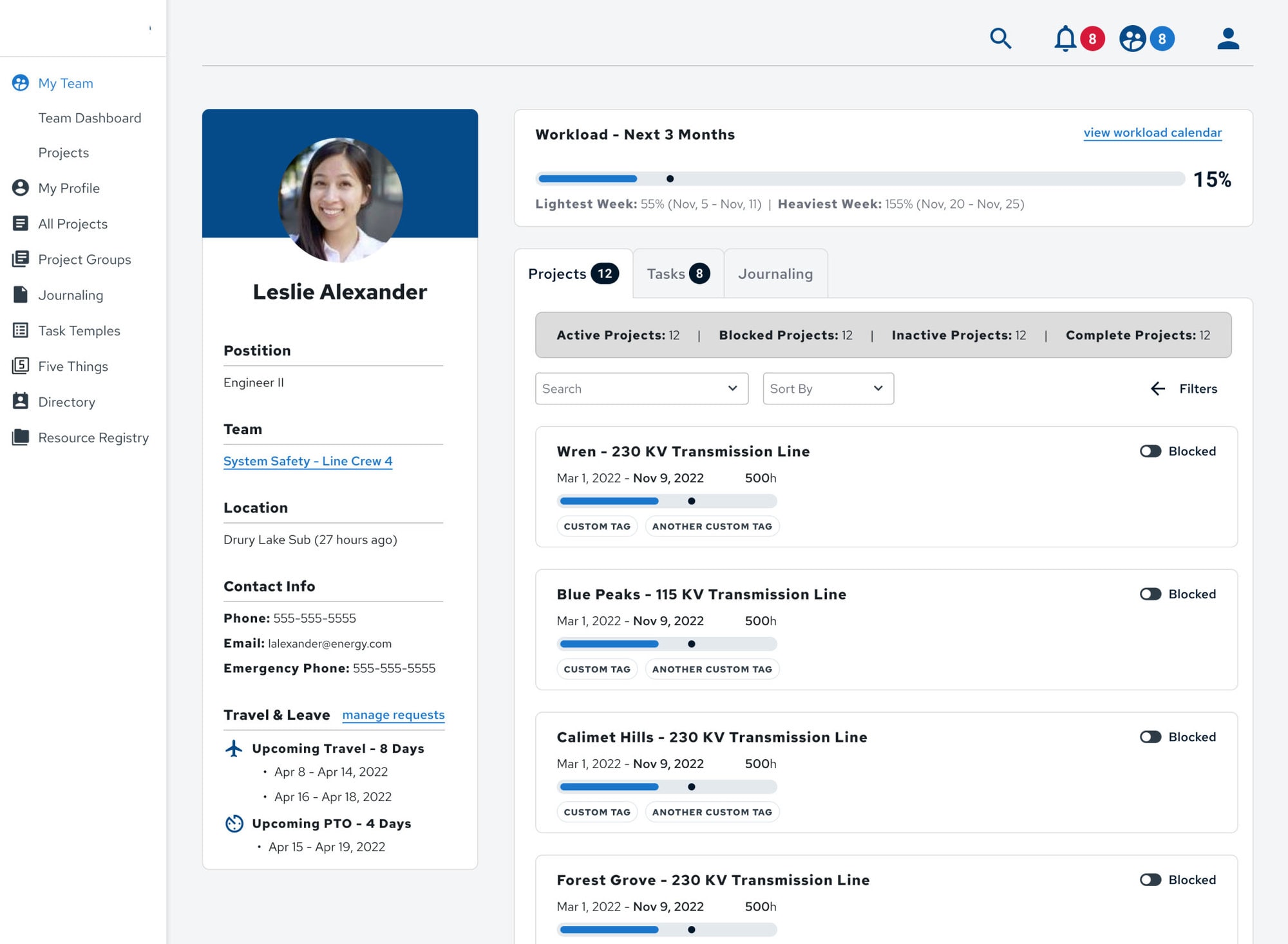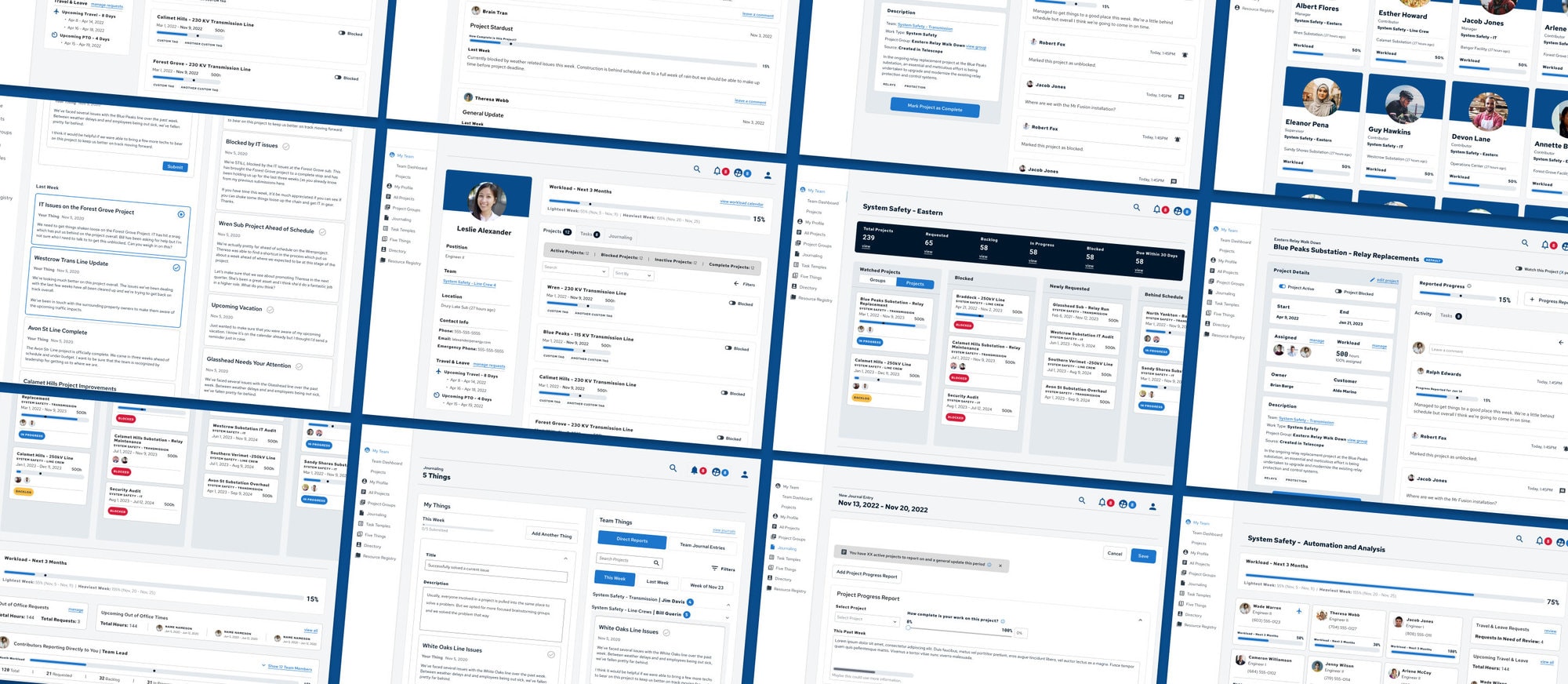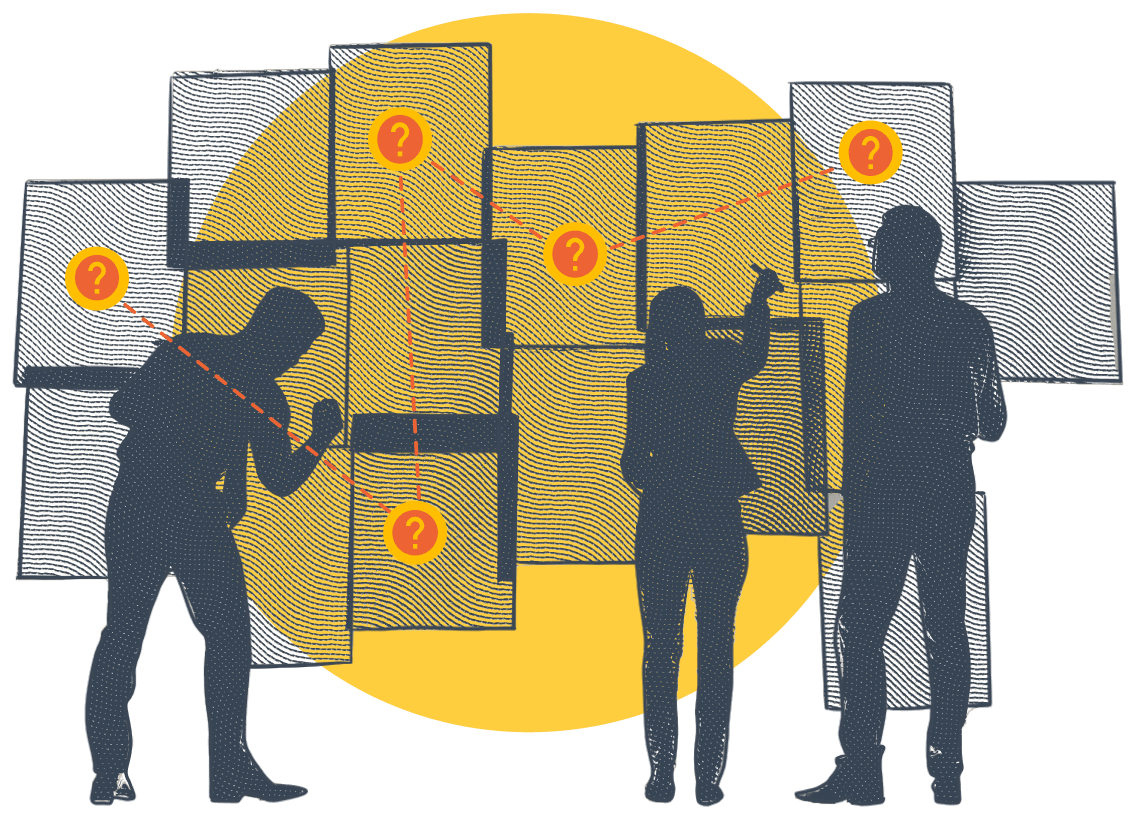There are almost as many project management tools in the world as there are companies. So whenever a partner asks us to create a project management tool, our first step is to understand the goals. Often it is because they have very specific needs around their workflows, communications, and regulatory requirements. Other times it is because what they are referring to as a “project management” tool, actually has a much broader vision.
In this case, the answer was: all of the above. The organization had very specific ways of interacting that they had built up over years, and they worked. These weren’t changing. They also had a vision for a tool that would span different teams’ workflows, integrate with other internal systems, and give them visibility outside of just day to day work. These needs weren’t going to be met by grabbing an off-the-shelf project management tool.
